The Ultimate Dragon Ball Watch Guide: A Journey Through the Series
Dragon Ball, a globally celebrated franchise, boasts an influence that spans the world. This widespread appeal ensures that it’s a series that won’t easily conclude. From Akira Toriyama’s initial creation in 1984 to the present day, Dragon Ball has captivated audiences for four decades, and its legacy continues.
Even after the unfortunate passing of Akira Toriyama on March 1st due to acute subdural hematoma, the franchise continues with new installments, underscoring its enduring impact.
As longtime fans, many of us have enjoyed the various Dragon Ball TV series, movies, and OVAs. But do you know the correct order to watch them all? In this guide, we’ll revisit the Dragon Ball saga, offering a comprehensive viewing order for both seasoned veterans and newcomers alike. Let’s see if you remember them all!
Dragon Ball
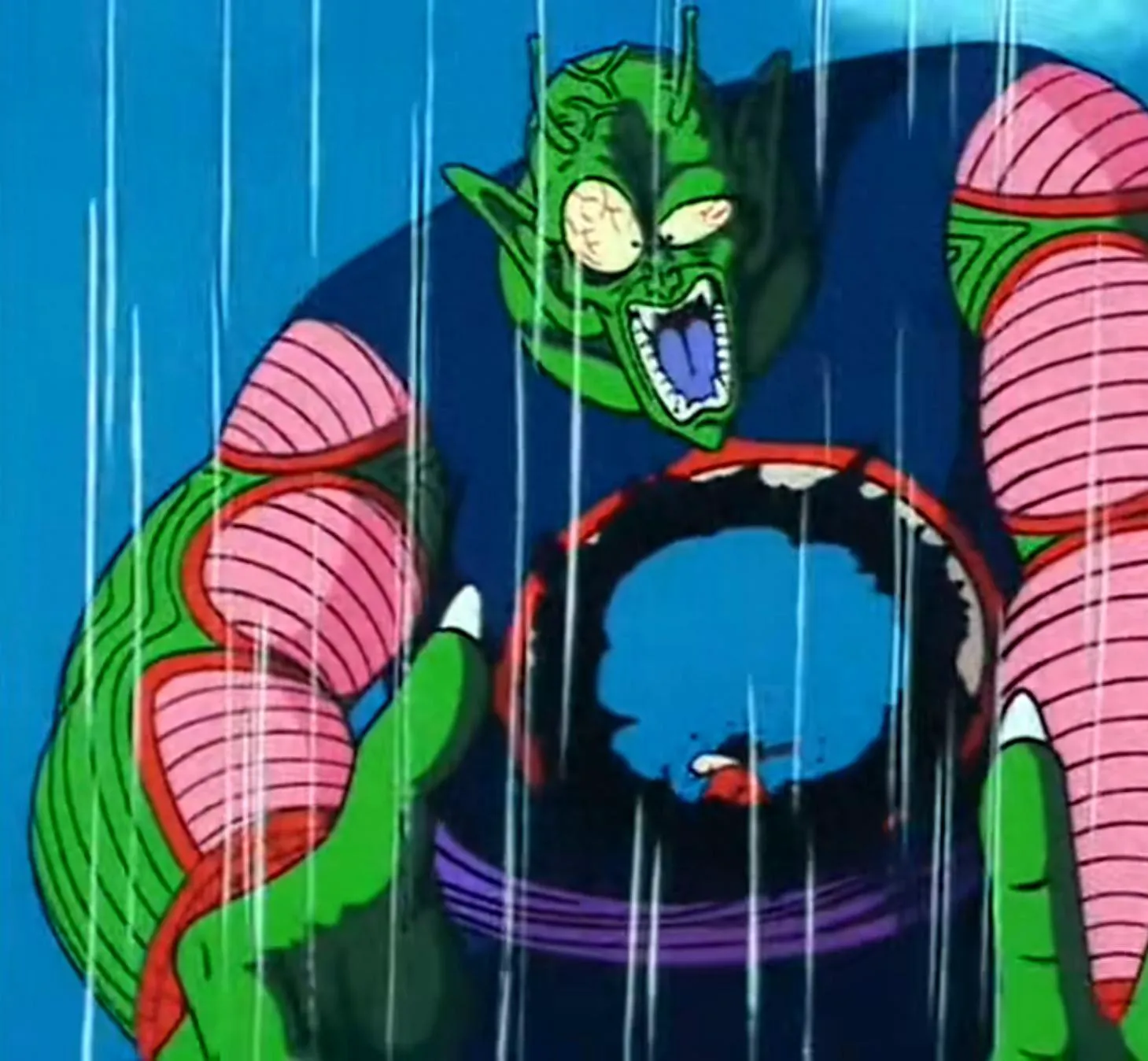
We begin with the classic Dragon Ball TV anime, comprising 153 episodes, which originally aired from 1986 to 1989.
Alongside the TV series, the first Dragon Ball movie, Dragon Ball: Curse of the Blood Rubies, was released in 1986.
In 1987, Dragon Ball: Sleeping Princess in Devil’s Castle saw Goku venturing to Devil’s Castle to avert a crisis.
Dragon Ball: Mystical Adventure followed in 1988, depicting Goku’s encounters with Mercenary Tao.
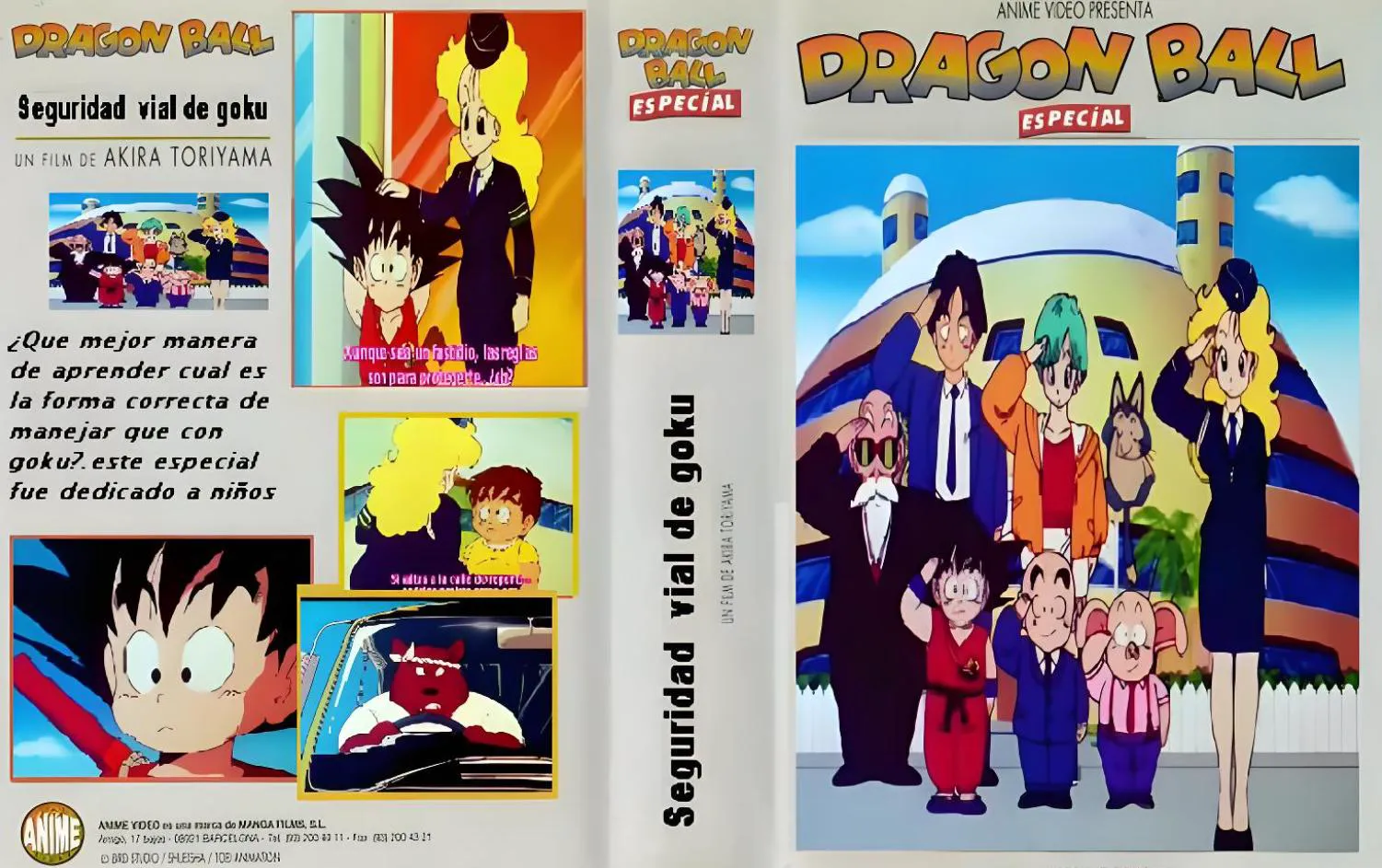
Additionally, there were two special episodes in 1988: Dragon Ball SP1: Goku’s Traffic Safety and Dragon Ball SP2: Goku’s Fire Brigade. These were animated educational shorts promoting traffic safety and fire prevention, respectively.
Dragon Ball Z
Next, we move into the Dragon Ball Z era. The Dragon Ball Z TV anime was later remastered as Dragon Ball Kai, with each version offering unique advantages. Kai features clearer visuals, redrawn animation, a faster pace, and closer adherence to the manga, with reduced filler content.
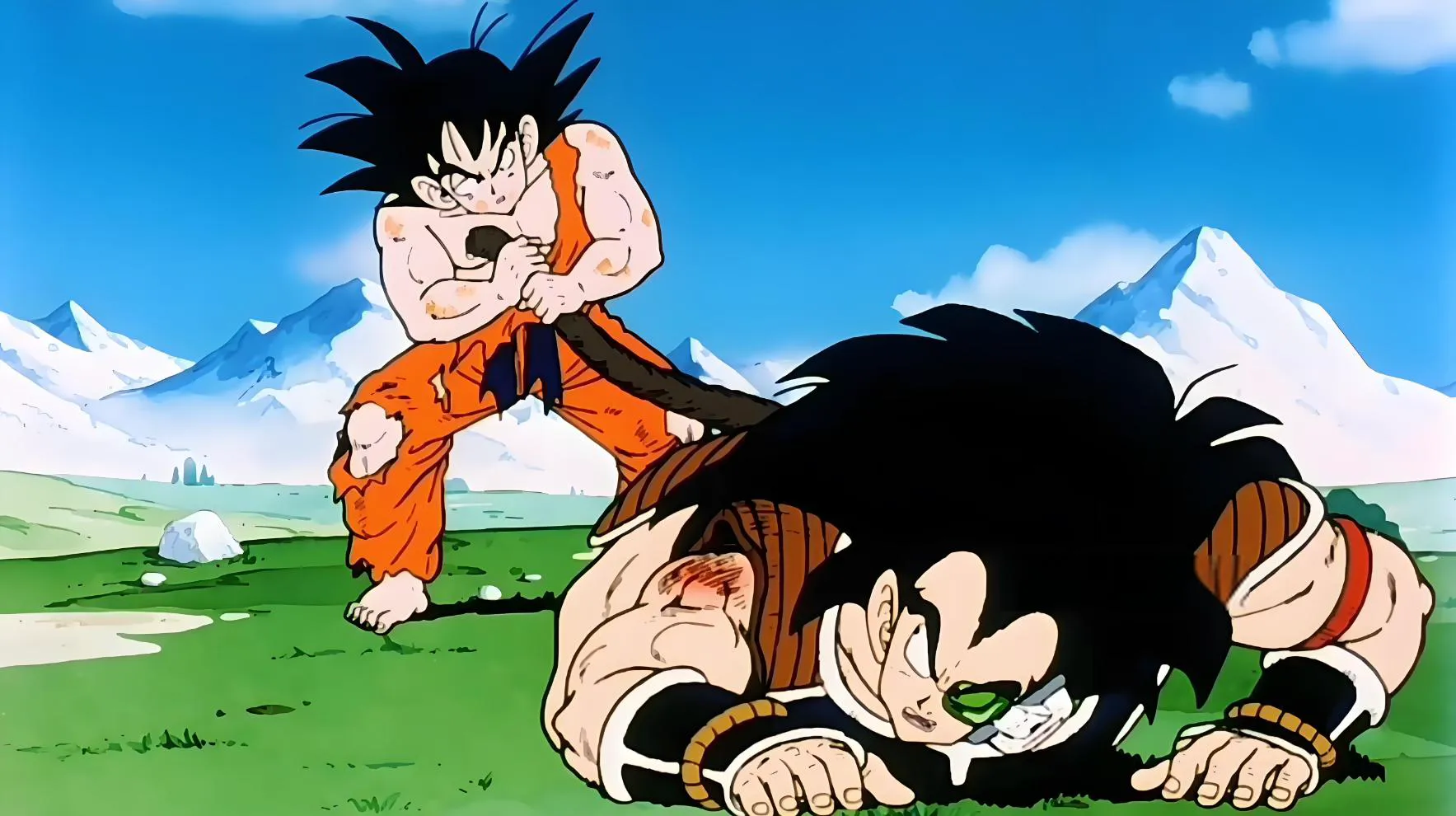
Personally, I prefer Dragon Ball Z for its nostalgic charm, music, and overall atmosphere.
This phase is quite extensive, so let’s break it down further.
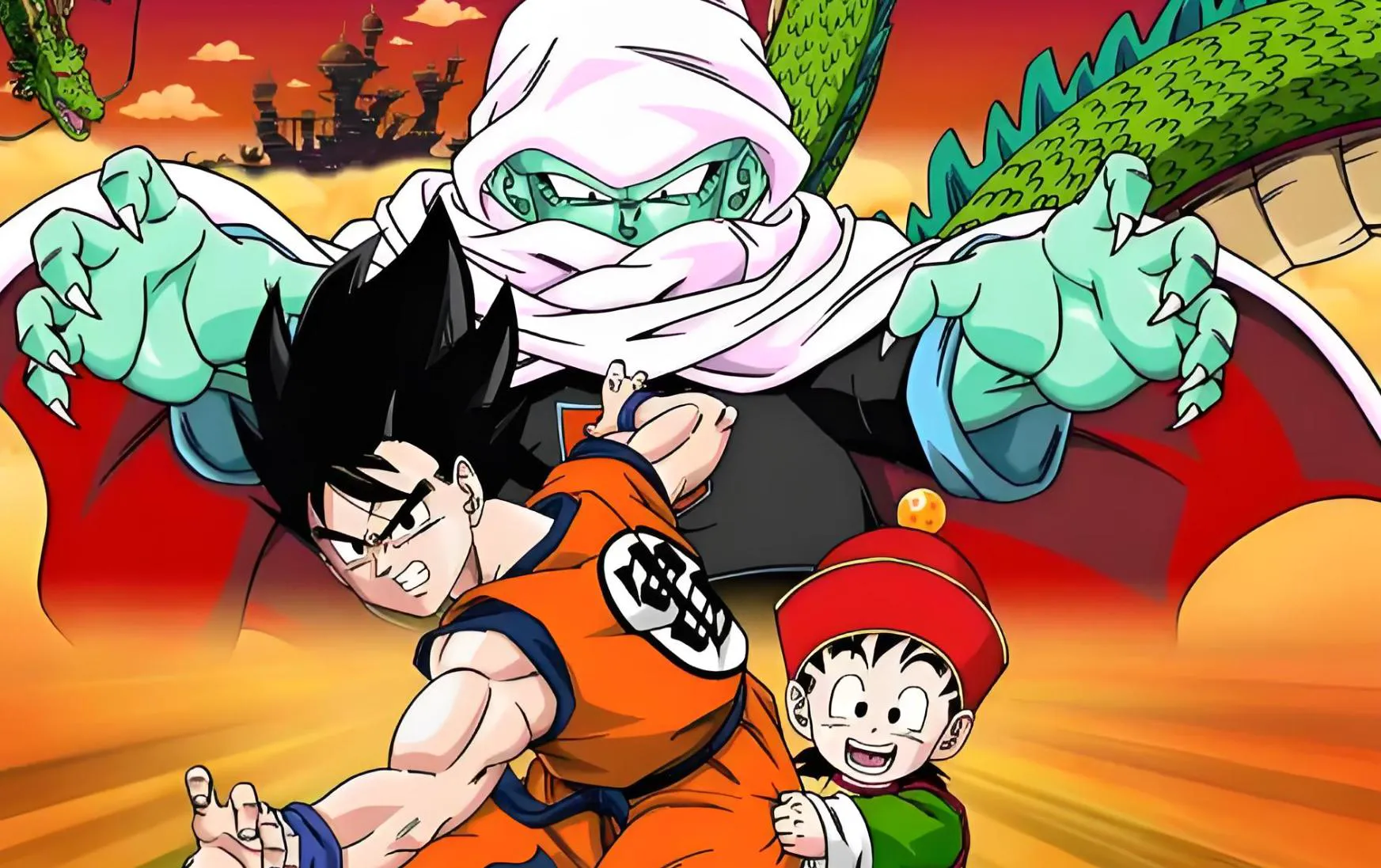
Saiyan Saga
The Saiyan Saga begins with Dragon Ball Z: Dead Zone, released in 1989. Set a few years after the 23rd World Martial Arts Tournament, this movie sees Goku’s family attacked, and Gohan and the Four-Star Dragon Ball are stolen by Garlic Jr.
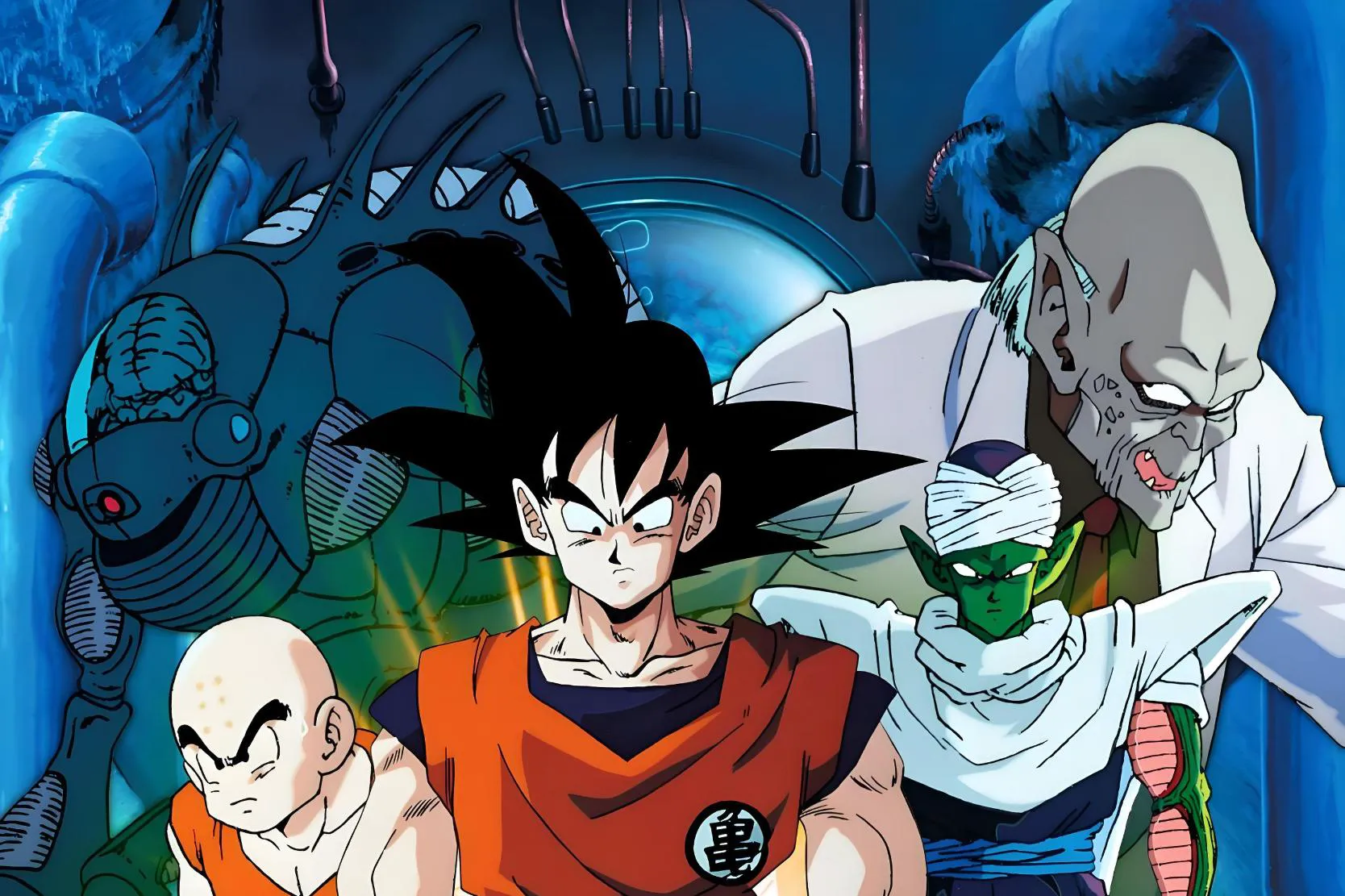
In 1990, Dragon Ball Z: The World’s Strongest introduced the story of Dr. Wheelo, who sought to transplant his brain into Goku’s body. Also in 1990, Dragon Ball Z: The Tree of Might featured Turles and his battle against the Z Fighters.
Namek Saga
Moving into the Namek Saga, Dragon Ball Z: Lord Slug, released in 1991, depicts Goku and his friends battling Lord Slug. Also in 1991, Dragon Ball Z: Cooler’s Revenge introduced Frieza’s brother, Cooler. This was followed by Dragon Ball Z: Return of Cooler, featuring Metal Cooler.
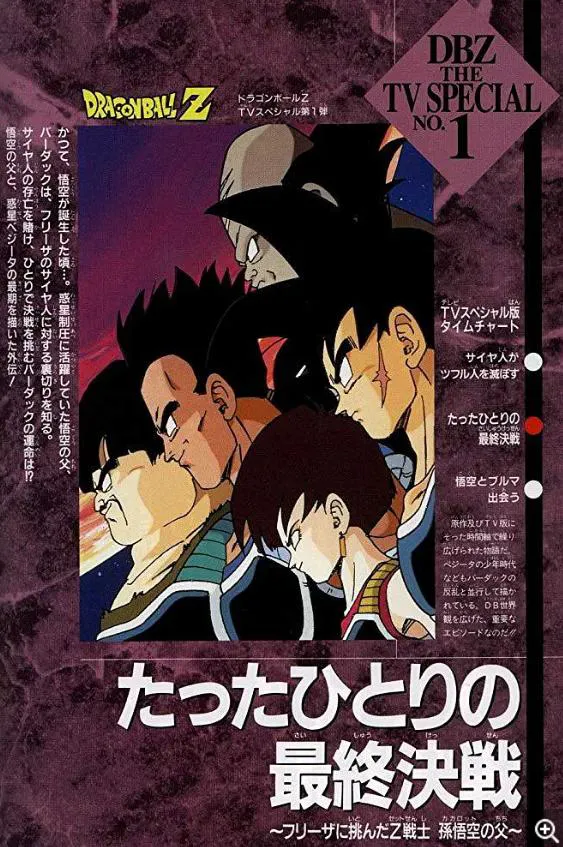
Around the same time, Dragon Ball Z: Bardock – The Father of Goku was released, telling the story of Goku’s father, Bardock. This was complemented by the Dragon Ball OVA: Bardock: The Father of Goku.
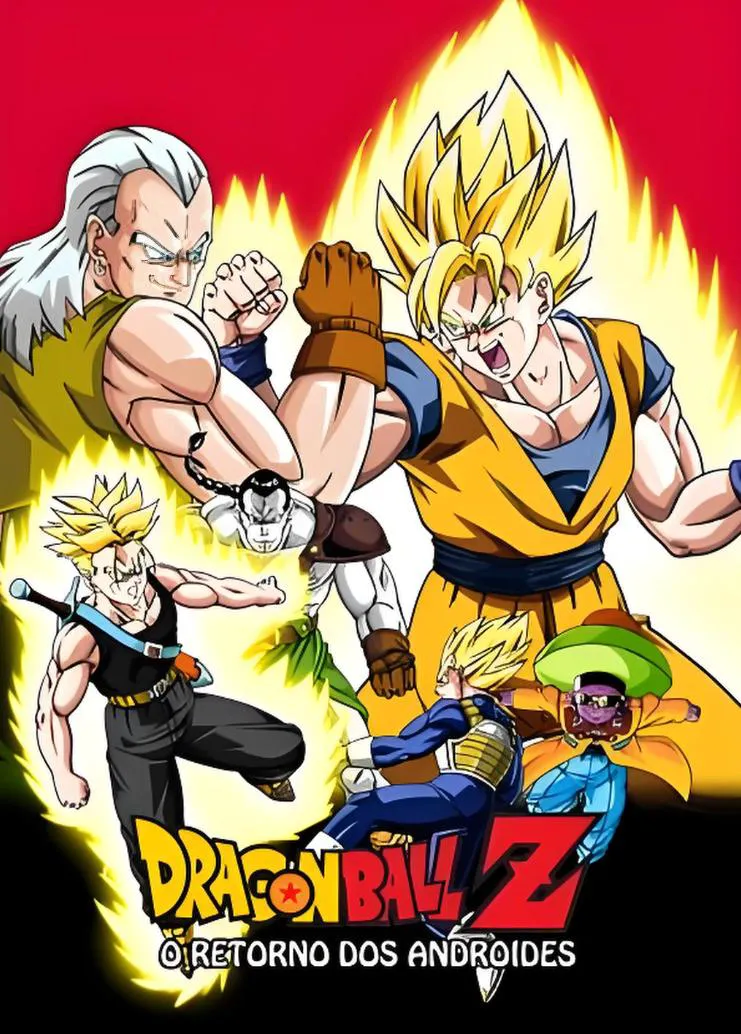
Android Saga
The Android Saga includes Dragon Ball Z: Super Android 13!, released in 1992, featuring Androids 13, 14, and 15. In 1993, Dragon Ball Z: Broly – The Legendary Super Saiyan introduced Broly. Also in 1993, Dragon Ball Z: Bojack Unbound featured Bojack and his henchmen battling the Z Fighters.
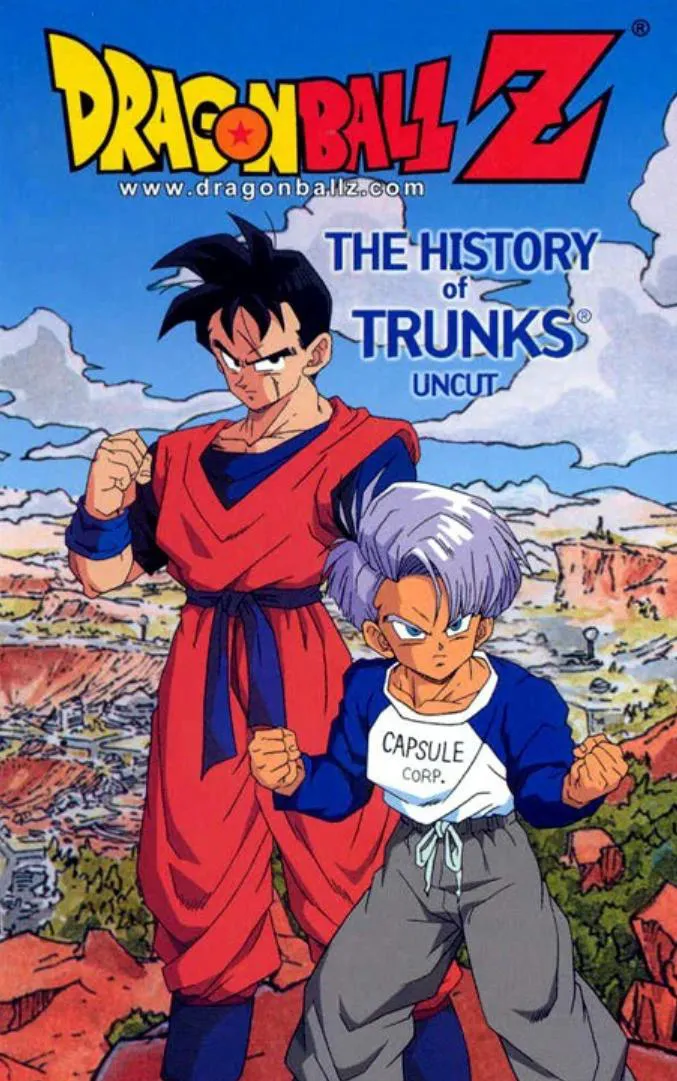
Additionally, there were two specials: Dragon Ball Z: The History of Trunks, which tells the story of Future Trunks’ timeline, and Dragon Ball Z Side Story: Plan to Eradicate the Saiyans, a two-part OVA.
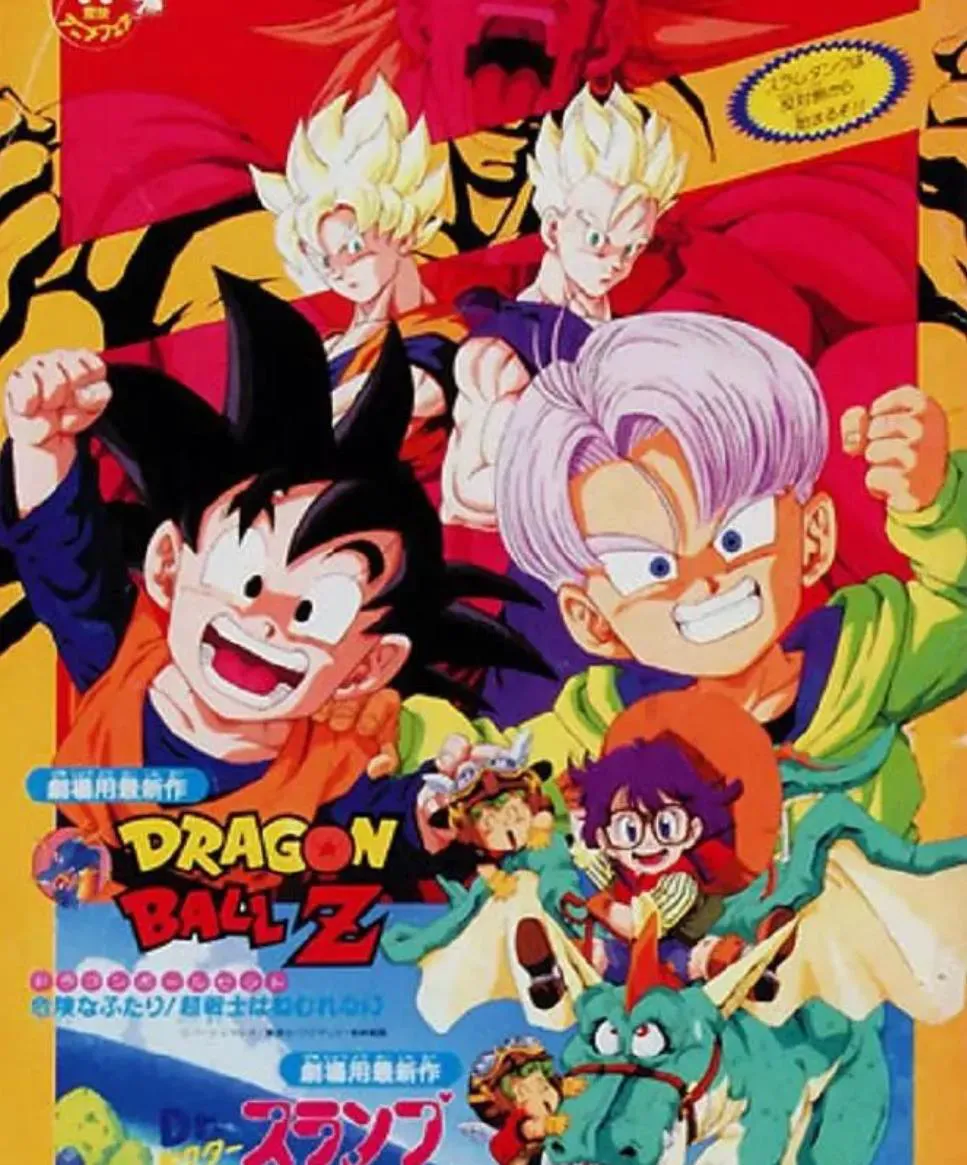
Majin Buu Saga
Finally, the Majin Buu Saga includes Dragon Ball Z: Broly – Second Coming, Dragon Ball Z: Bio-Broly, Dragon Ball Z: Fusion Reborn, and Dragon Ball Z: Wrath of the Dragon. These movies are all enjoyable and worth revisiting.
The era concludes with Dragon Ball OVA: Hey! Son Goku and Friends Return!!.
Dragon Ball GT
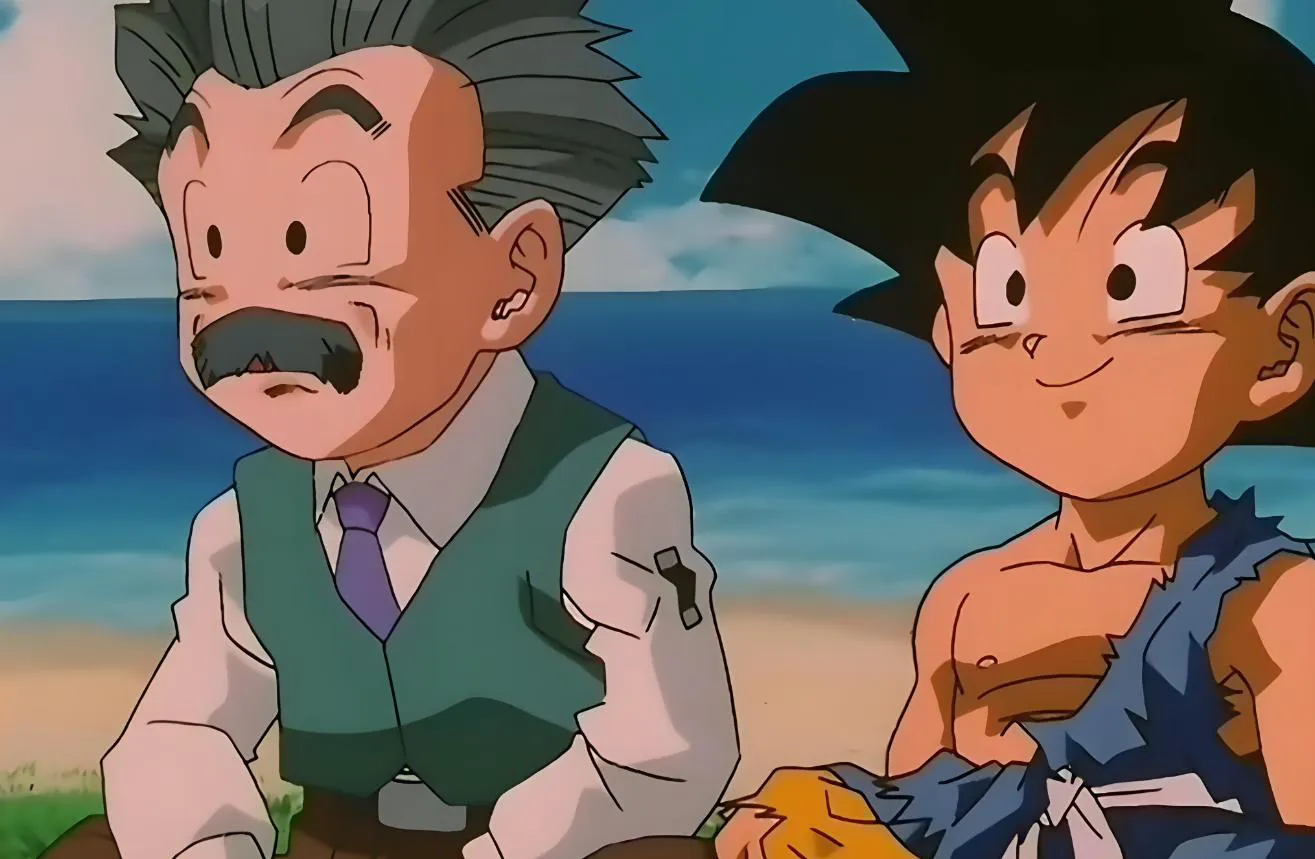
Dragon Ball GT is an original work created by Toei Animation after Z. While controversial, I personally enjoy it. Instead of debating its canonicity, it’s better to view it as an officially sanctioned “doujin” work with Akira Toriyama’s approval.
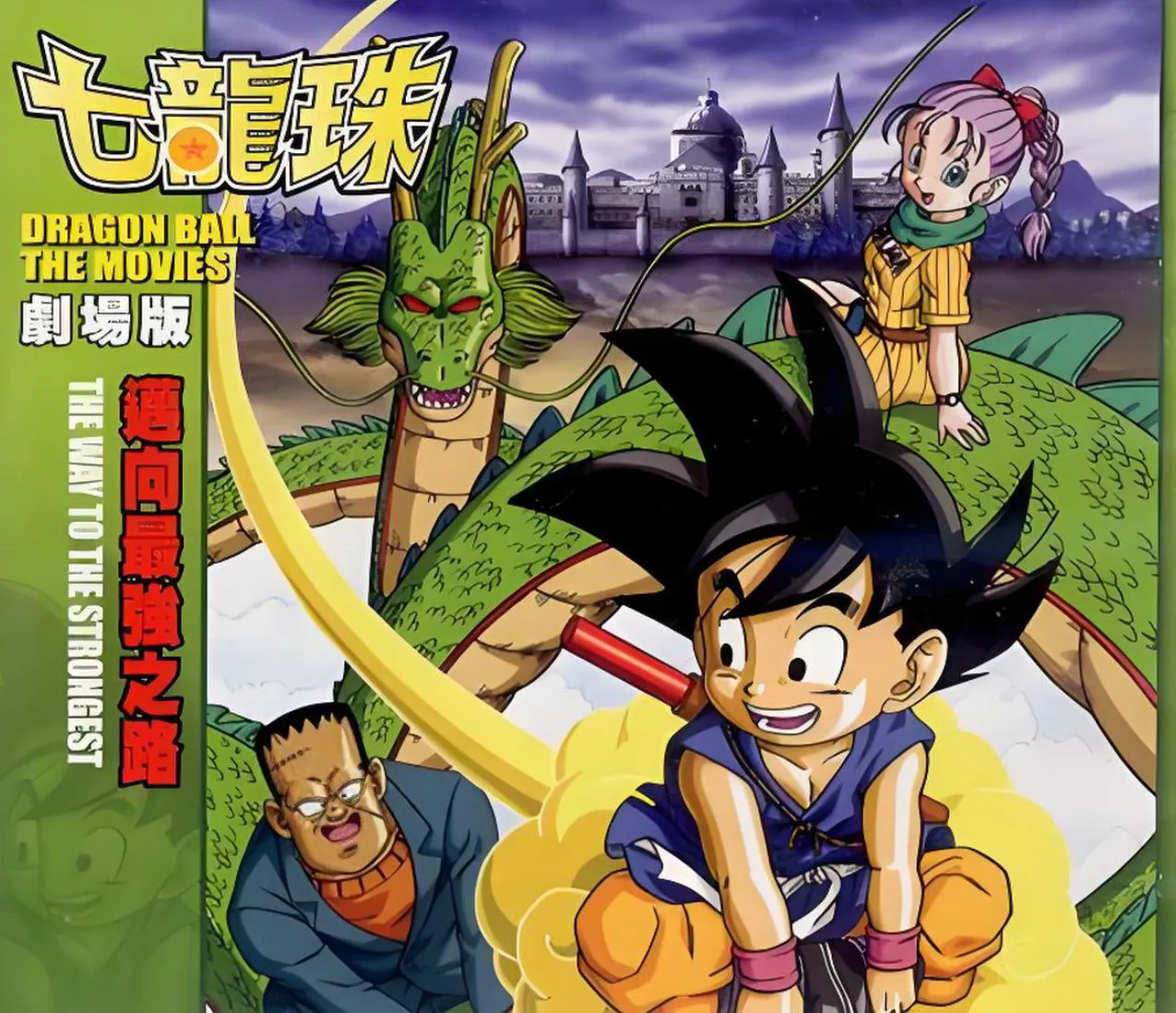
Around the same time, Dragon Ball: The Path to Power was released, featuring a similar art style to GT. There’s also Dragon Ball GT Special: A Hero’s Legacy.
Dragon Ball Super
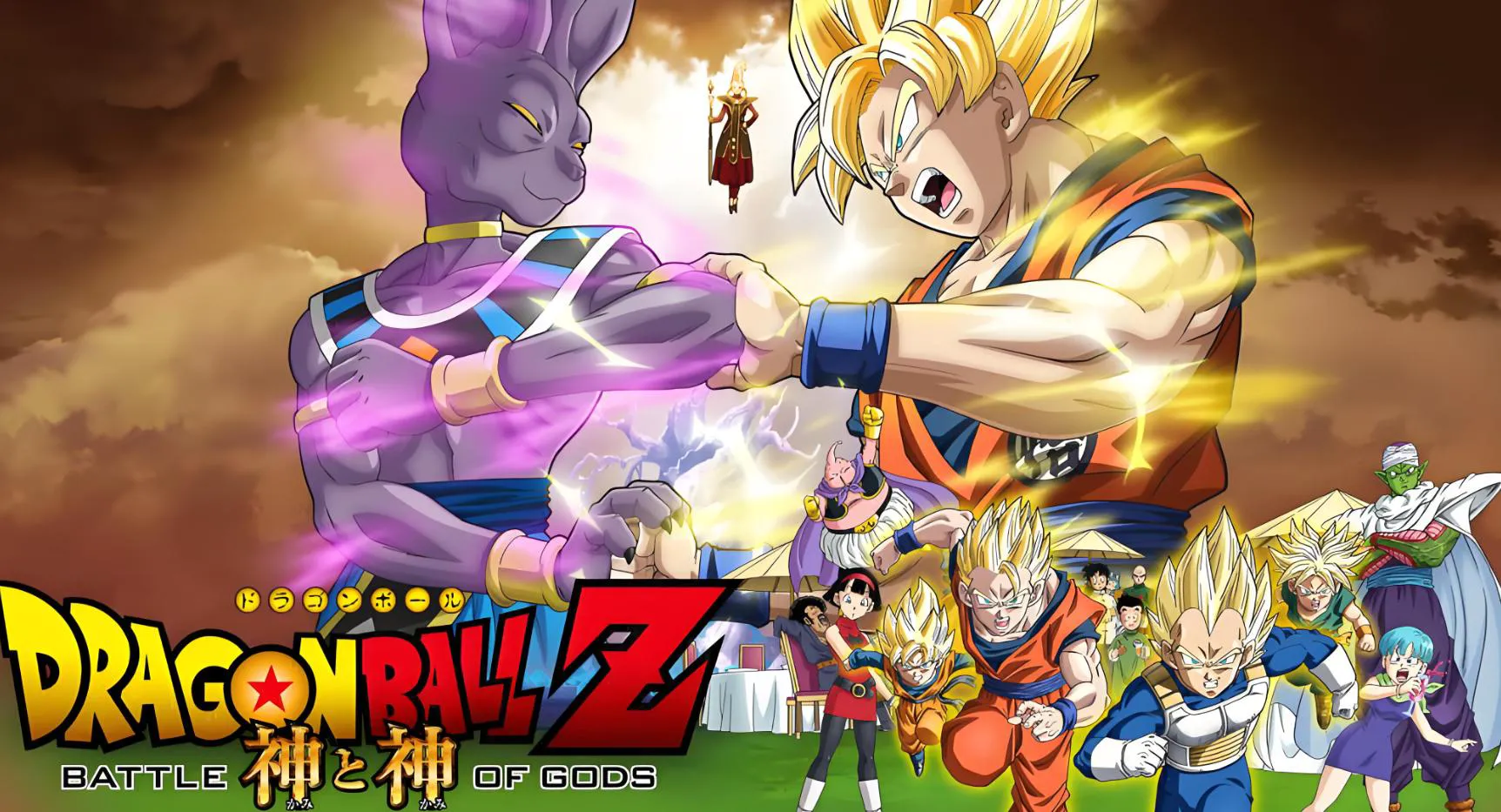
Then comes the Dragon Ball Super era, which includes more recent works. Dragon Ball Z: Battle of Gods was released in 2013, marking the return of the anime series after 17 years. Akira Toriyama personally created the story and character designs, introducing Beerus, the God of Destruction.
In 2015, Dragon Ball Z: Resurrection ‘F’ was released, featuring the fated battle between Frieza, Goku and Vegeta.
The Dragon Ball Super TV anime is decent, though somewhat uninspired.
Dragon Ball Super: Broly sees Goku training to become stronger after the Tournament of Power, only to be challenged by Broly.
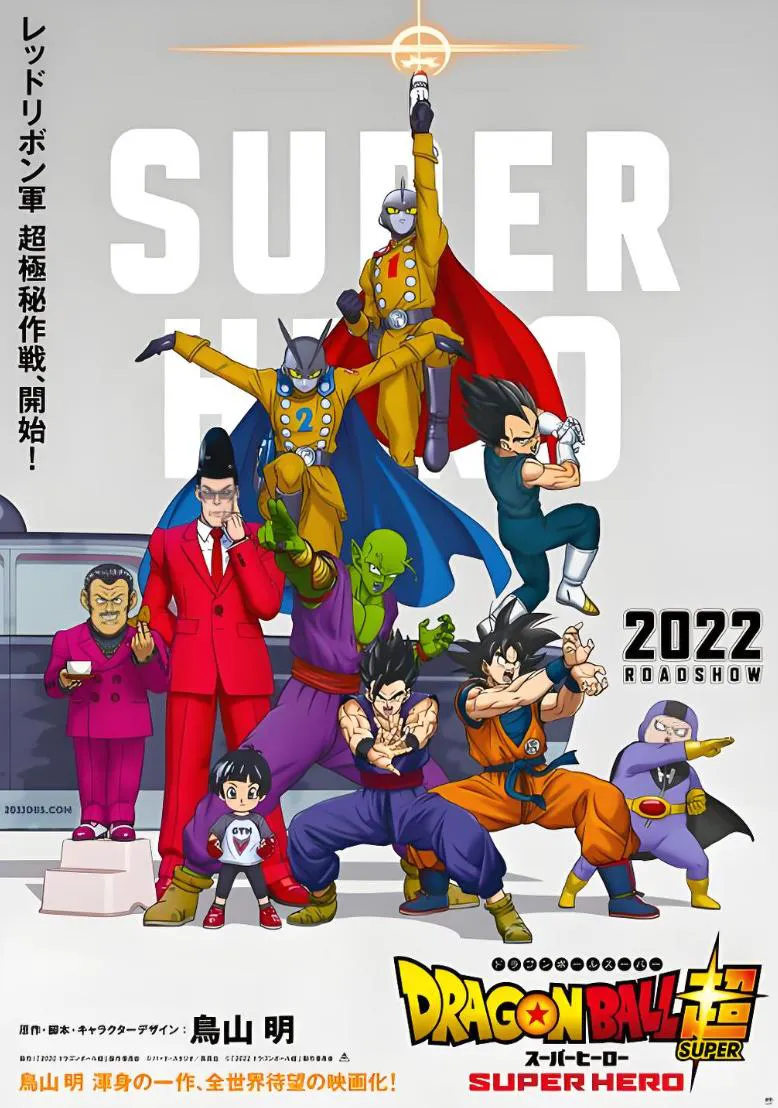
Finally, there’s Super Dragon Ball Heroes, which includes the Prison Planet Saga, the Universe Conflict Saga, and the Dark King Mechikabura Saga.
The series also includes the 21st movie, Dragon Ball Super: Super Hero.
Dragon Ball Daima
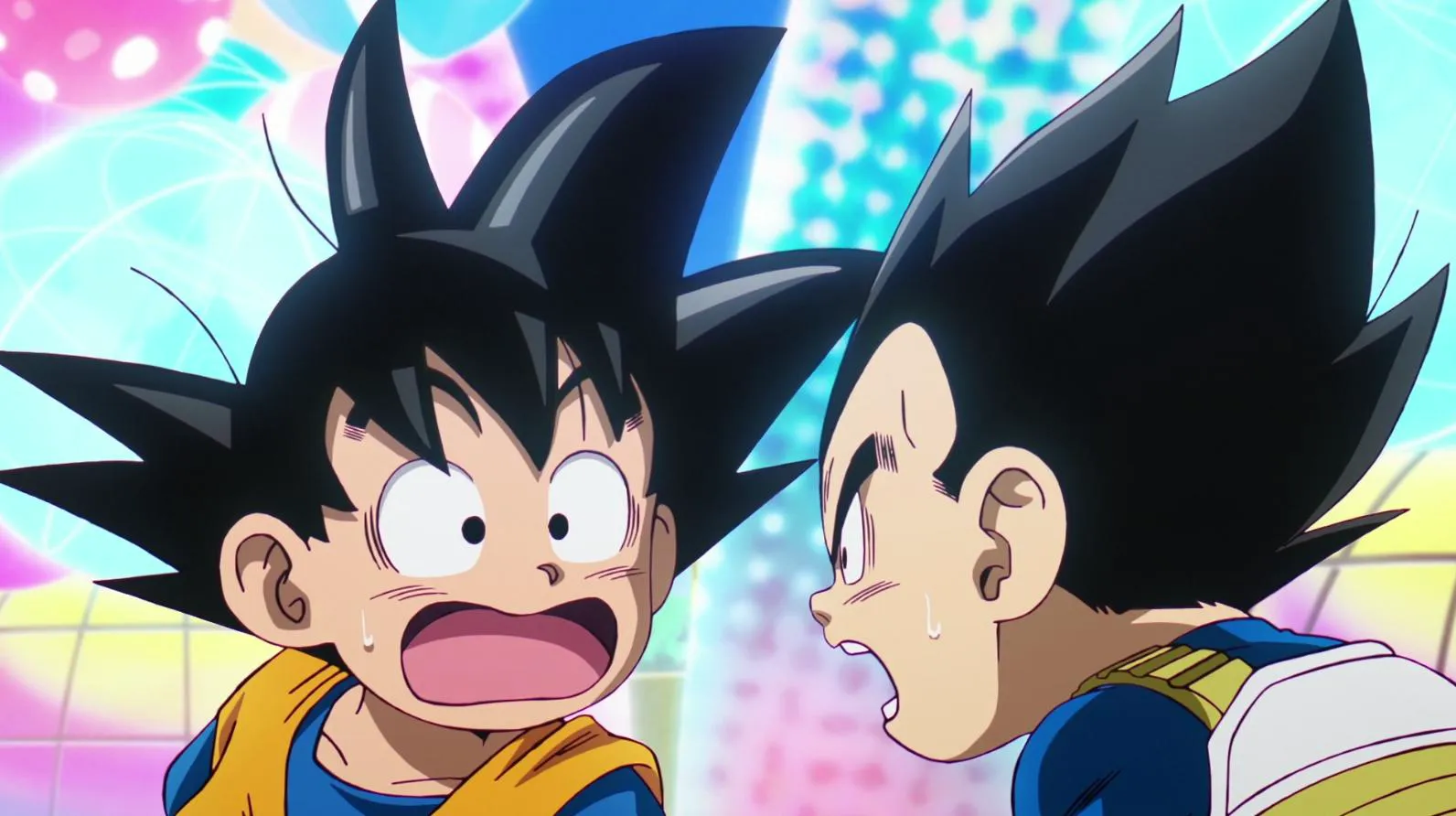
Lastly, we have the most recent installment, Dragon Ball Daima, a new anime commemorating the 40th anniversary. This is Akira Toriyama’s final work, and it’s currently airing with many innovative plot elements.
This guide covers most of what I can recall. Even after Akira Toriyama’s passing, the influence of Dragon Ball continues to resonate. The classics he created will endure for generations to come.